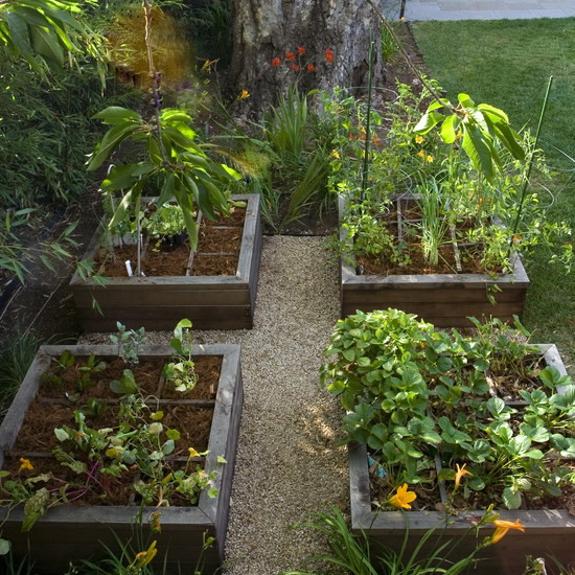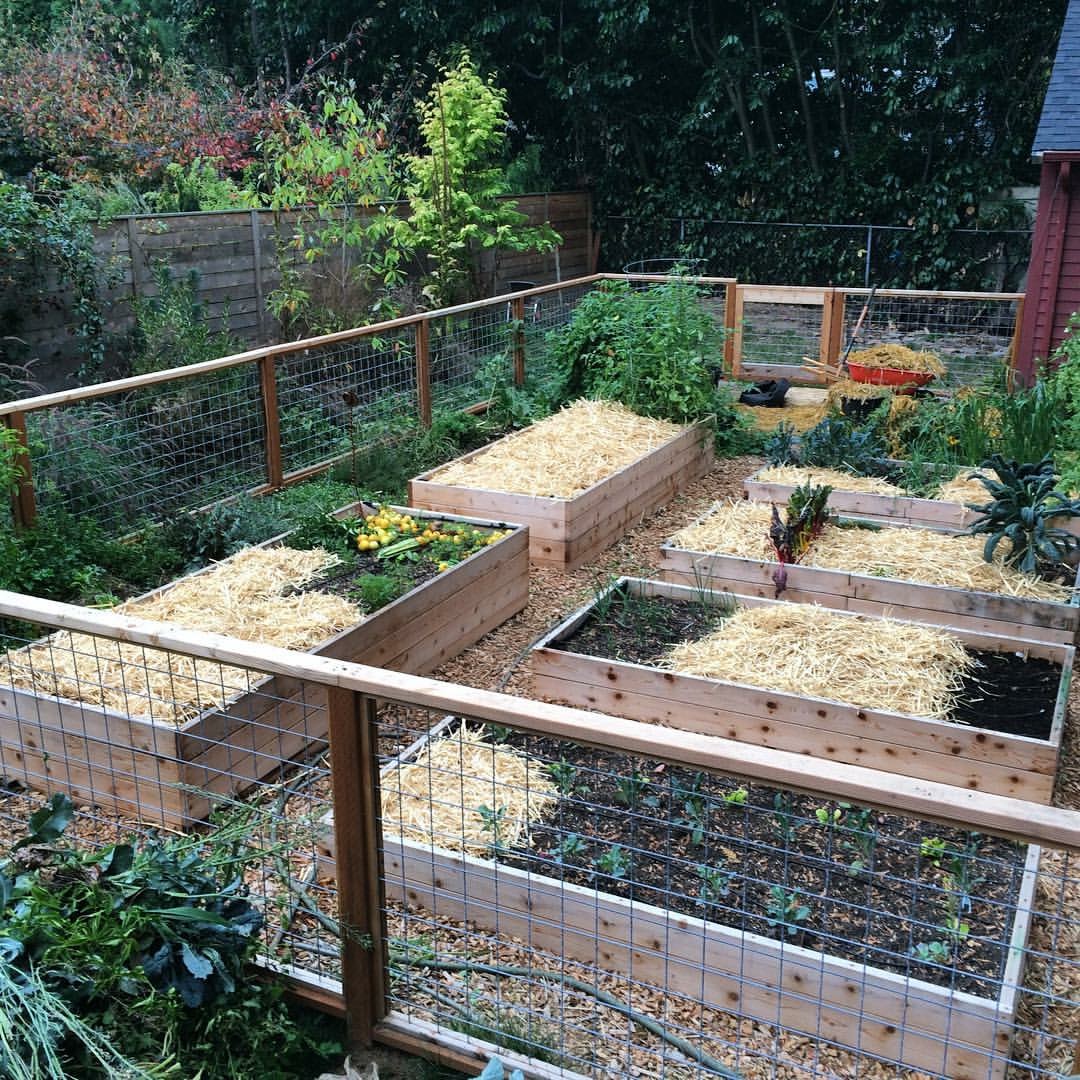
Five Questions on Friday with Portland Edible Gardens, Spring Edition

Prepare Your Vegetable Garden for Spring: 5 Essential Steps with Ian Wilson of Portland Edible Gardens
This week for Five Questions on Friday, we wanted to check back in with Ian Wilson, the owner of Portland Edible Gardens. Last October, he gave us some great ideas about how to put our beds to rest. This week, he gave us 5 things to do to help get your vegetable garden ready for Spring:
- Do some spring cleaning! This means raking up old leaves or mulch, pulling any vegetable leftovers from Fall/Winter, and weeding ahead of any planting. A ground covering is very helpful in the Winter to protect your soil from erosion and compaction, but in the spring it’s time to expose that bare soil and let the ground begin to warm. Also, removing ground covering will eliminate habitat for slugs and other pests.
- Spread some good quality compost. Spread 1″ of good quality compost for planting areas that have been productive before, or 2-3″ for new planting areas, or areas with heavier clay soil. This can be compost you have created from food scraps at home, or compost purchased from a local nursery. If you are using home-scale compost, make sure it is finished compost. This means it has completed the composting process and does not resemble its former life as a vegetable scrap at all. Finished compost should be dark and crumbly and smell sweet and earthy not sour or unpleasant!
- Till your compost into the top 6-12″ of soil. This is best accomplished with a gogood-qualityigging fork. It can also be accomplished with a small rototiller in larger in-ground gardens. But tilling by hand is always the best method for causing minimal disturbance and destruction to your precious soil! After you are done, there should be no sign of the compost on the surface, which should be thoroughly and evenly mixed into your planting area.
- Add a heavy dusting of certified organic granular fertilizer. Incorporate the fertilizer by raking the surface lightly until the fertilizer disappears. While compost is an excellent addition for building the texture and “tilth” of your soil, organic fertilizers will supply many of the essential nutrients that your vegetables will also need to thrive. There are many high-quality organic fertilizers available at local nurseries. Just make sure that they are intended for use in vegetable gardens so they have the proper balance of nutrients. I like to use Down To Earth Biofish, or E. B. Stone Organics Tomato and Vegetable Food. Both are available at Portland Nursery.
- Plant some veggies! February is a great time to plant Sugar Snap Peas, Snow Peas, and Fava Beans. By early March, with a little sun, there are tons of veggies that can be planted. Spinach, Arugula, and Bok Choi are great early-season greens to plant. Or if you want to grow some roots, try Radishes, Turnips, or Carrots grown from seeds! For more guidance on when to plant what in your garden, check out this amazing planting calendar from Portland Nursery!
Happy Growing!!!
Ian Wilson
Owner, Portland Edible Gardens, LLC
Have more questions or want professional advice on buying or selling a home?
Contact us at [email protected] or (503) 926-5213. We’re here to address all your real estate needs!




